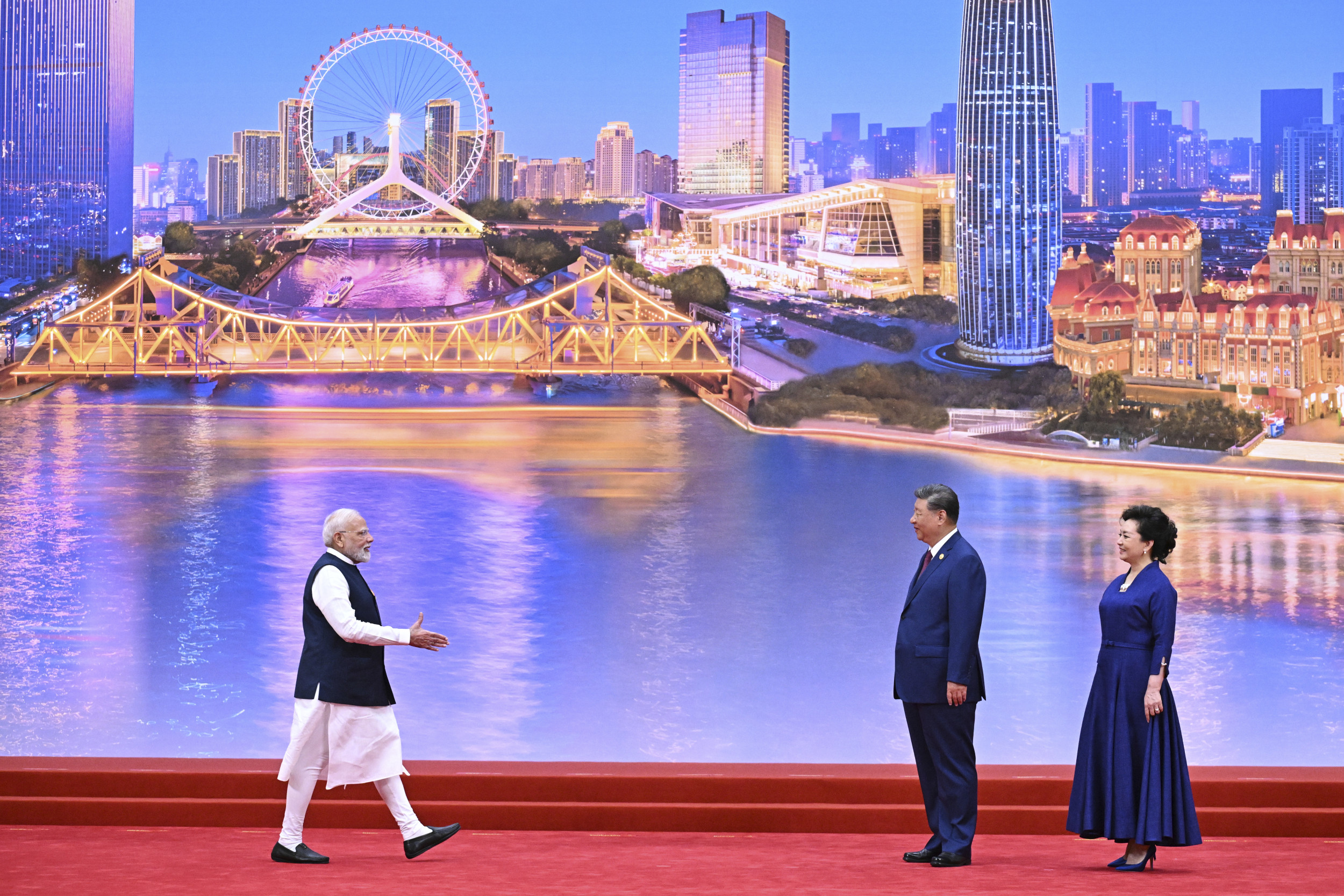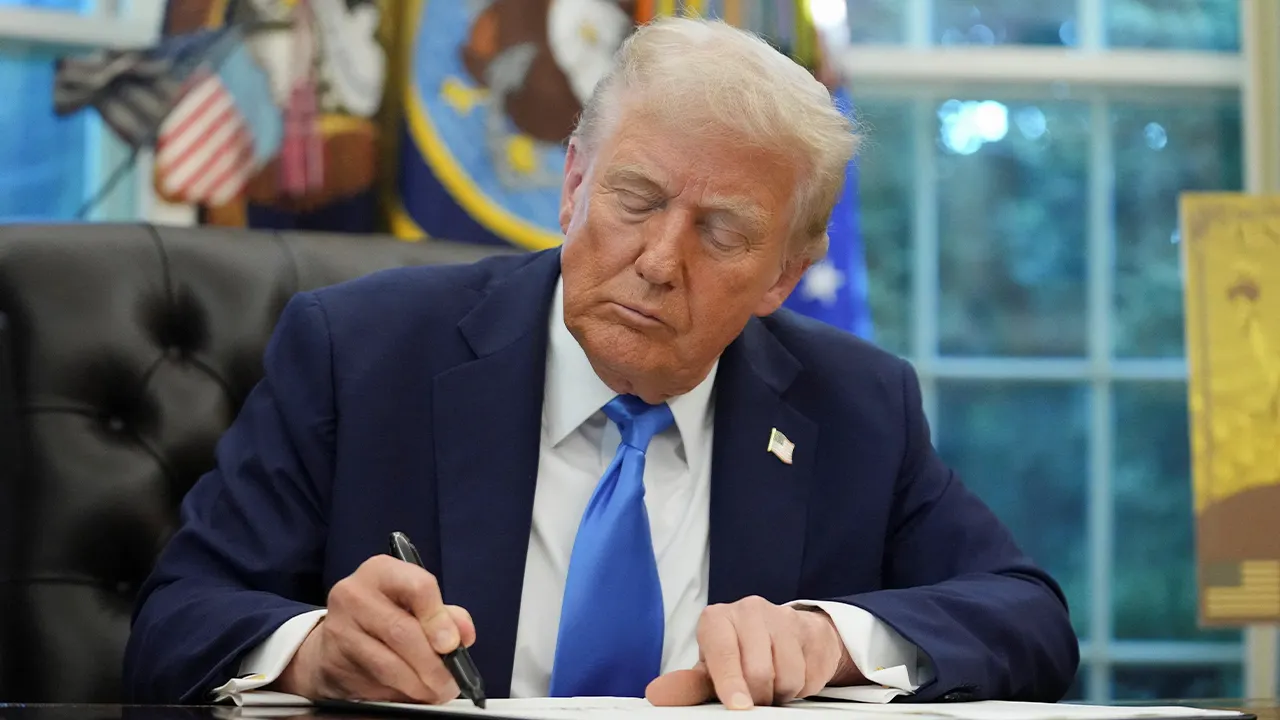
Speculation that India is gravitating toward China’s orbit is overblown, analysts say.
Indian Prime Minister Narendra Modi’s trip to China—his first in seven years—came amid Indian frustration over President Donald Trump’s move to raise tariffs on Indian goods to 50 percent in response to India’s continued purchases of Russian oil.
The move angered New Delhi, especially since China, Russia’s top oil buyer, faced no such penalty.
Images of Modi engaging with Chinese President Xi Jinping and Russian President Vladimir Putin at the Shanghai Cooperation Organization summit in Tianjin fueled talk of a realignment. Xi reportedly told Modi it was vital the “dragon and the elephant” be friends and good neighbors, according to Chinese media.
On Truth Social, Trump lamented the U.S. had “lost India” to China.
Why It Matters
Modi’s China visit took place against a backdrop of lingering mistrust between the regional rivals—from unresolved border disputes to India’s restrictions on Chinese technology over security concerns, and allegations China aided its ally Pakistan in that country’s four-day conflict with India in May.
Newsweek reached out to the White House and the Chinese and Indian foreign ministries via emailed request for comment outside office hours.
What To Know
Trump’s tariff hikes “have undoubtedly played badly in India, where it’s seen as arbitrary and coercive,” Rajan Menon, Spitzer professor emeritus of international relations at the City College of New York, told Newsweek.
“But looking beyond the present, both India and the U.S. have a compelling reason to not allow this particular dispute derail what has been a strategic convergence that precedes Trump by many years and started soon after the end of the Cold War. That convergence owes to a shared belief that China is an adversary,” he added.
This view, shaped by concerns over China’s economic and military strength and decades of periodic border clashes—including the deadly 2020 melee in Ladakh—provides “sound reasons to continue strengthening security ties with the U.S.”
Washington, D.C., for its part, sees fellow Quadrilateral Security Dialogue (QUAD) member New Delhi as central in efforts to counterbalance China’s military rise in Asia.
Sameer Lalwani, nonresident senior fellow at the German Marshall Fund, wrote in a recent analysis for the Washington, D.C., think tank that, despite recent overtures, there remains an “iron ceiling” to Beijing’s relations with New Delhi.
“The China-India rivalry will likely persist due to fundamental disagreements and distrust over economic coercion, border aggression, Pakistan relations, and technology stacks,” he wrote.
He pointed to other “adversarial behavior” by China, including curbing exports of rare earths, fertilizers, and tunnel-boring machines, as well as restricting Chinese technicians from working at Apple supplier Foxconn’s new factories in India, hampering India’s electronics sector.
“Meanwhile, the U.S.-India relationship is likely to stabilize and rebound due to a much deeper and more substantive defense partnership,” Lalwani wrote.
Official statements from India and China following the summit sometimes diverged and focused on minor achievements like resuming direct flight, he pointed out.
By contrast, Modi notably skipped China’s Victory Day parade in Beijing, which marked Japan’s defeat in World War II. And ahead of his China visit, he traveled to Tokyo to sign a series of agreements with the U.S. treaty ally—deals that Lalwani described as “far more significant and substantive than anything India announced with China.”
What People Are Saying
Trump wrote in a September 5 post to Truth Social: “Looks like we’ve lost India and Russia to deepest, darkest, China. May they have a long and prosperous future together!”



